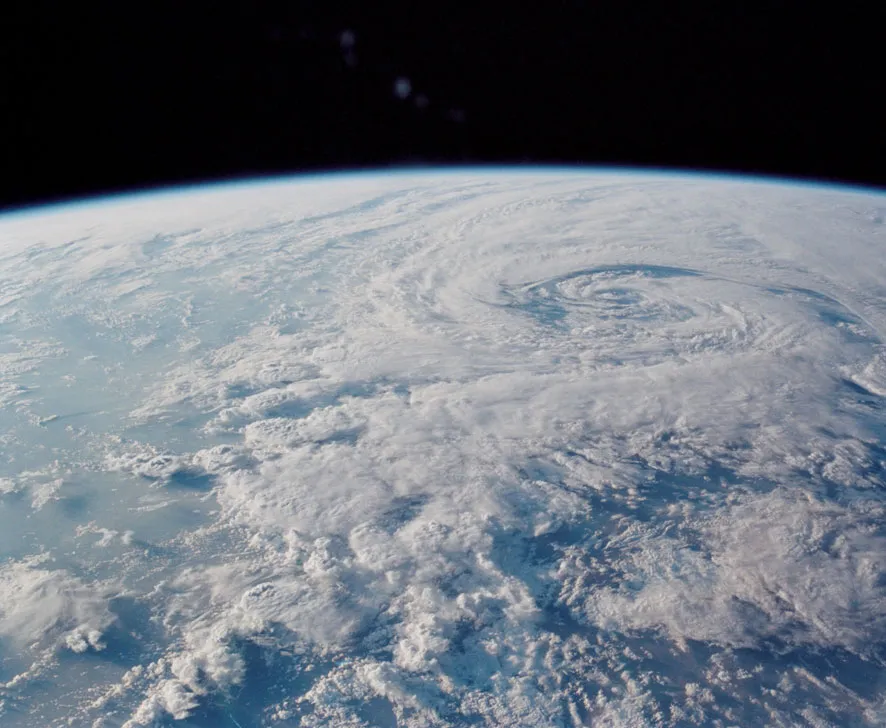Maxar wins NASA GeoXO weather-monitoring spacecraft contract
WESTMINSTER — Maxar Technologies Inc. (NYSE: MAXR), an aerospace equipment manufacturer and satellite operator, has been awarded a $5.5 million contract from NASA to help the agency prepare for the National Oceanic and Atmospheric Administration’s (NOAA) Geostationary Extended Observations (GeoXO) Spacecraft mission.
“The principal purpose of these contracts is to provide a definition-phase study of a GeoXO spacecraft,” NASA said in a news release. “The selected firms will develop the spacecraft concept, mature necessary technologies, and help define the spacecraft’s potential performance, risks, costs, and development schedule. The results of the study will be used to set performance requirements for the…
THIS ARTICLE IS FOR SUBSCRIBERS ONLY
Continue reading for less than $3 per week!
Get a month of award-winning local business news, trends and insights
Access award-winning content today!




